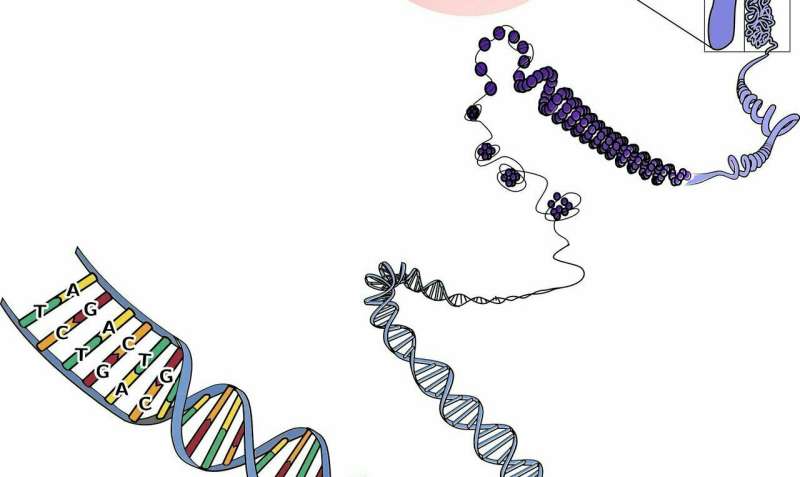Researchers identify RNA editing events that impact gene expression and phenotype

Combining computational mining of big data with experimental testing in the lab, researchers at Children's Hospital of Philadelphia (CHOP) have identified RNA editing events that influence gene expression and, in turn, the phenotypic manifestation of that expression. In analyzing so-called A-to-I RNA editing, in which the adenosine of an RNA molecule is chemically modified into an inosine, the researchers describe how a single nucleotide change by RNA editing can have large downstream effects. The findings were published today in Genome Biology.
"Millions of A-to-I RNA editing sites have been identified across the human transcriptome, but the functions of most RNA editing events are unknown," said Yi Xing, Ph.D., director of the Center for Computational and Genomic Medicine at CHOP and senior author of the study. "Understanding how RNA editing affects gene expression and phenotype could help us unravel the genetic basis to many human conditions."
Dr. Xing and his team studied the functions of RNA editing through the lens of human genetic variation, or the differences that occur among people in approximately 1 in 1,000 DNA base pairs, affecting not only how genes are expressed but also how messenger RNAs (mRNAs) are processed. The researchers analyzed matched genetic and transcriptomic data of 49 tissues across 437 individuals, in a total of approximately 8,000 human samples from the NIH Genotype-Tissue Expression (GTEx) project, looking for A-to-I RNA editing events that are associated with genetic variation among individuals. They utilized an approach involving molecular quantitative trait loci (QTL) mapping, which maps molecular traits to genotypes to find genetic effects on gene regulation. Molecular QTL studies can provide clues to the genetic mechanisms that govern biological processes.
Using this approach, the researchers identified 3,117 unique RNA editing events associated with genetic variation. Surprisingly, 14% of these RNA editing QTLs were also associated with genetic variation in gene expression. In comparing their data with available genome-wide association study data, they found a subset of these RNA editing QTLs were also associated with complex traits or diseases in the human population.
To understand why RNA editing variation can be coupled with gene expression variation, the researchers focused on microRNAs, a class of small noncoding RNAs that can regulate gene expression by binding to complementary sequences in mRNAs and causing the bound mRNA molecules to be degraded. The research team found that certain microRNAs degrade or do not degrade their target mRNAs, depending on whether a given RNA editing site in the mRNA remains unedited as an adenosine (A) or is edited to an inosine (I). If such an RNA editing site is regulated by human genetic variation, this can trigger a cascade of downstream events by changing the stability and abundance of critical mRNA molecules and consequently the phenotypes influenced by these mRNA molecules.
"What is so useful about this approach is that it is disease agnostic," Dr. Xing said. "Future research can use this strategy to study specific diseases and look at the impact of RNA editing events from a disease perspective."
More information: Eddie Park et al, Genetic variation and microRNA targeting of A-to-I RNA editing fine tune human tissue transcriptomes, Genome Biology (2021). DOI: 10.1186/s13059-021-02287-1





















